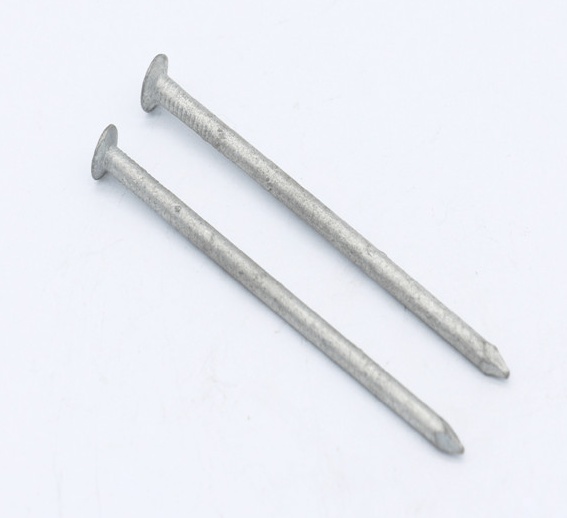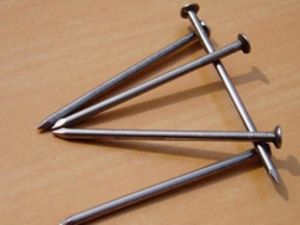Choosing fluid handling systems for pumps in modern food processors, designers and operators and managers of these devices faces a variety of health-related responsibilities that go beyond the typical manufacture of industrial products. As consumers of the final product are public, product contamination must be avoided and corrosion is not tolerated. Cracks and dead spots in pumps and piping systems that allow fluid retention and bacterial growth are unacceptable. In addition to the selection of food contact surfaces for material selection and processing, the food industry must also choose the piping and tank equipment used to deliver acidic and alkaline cleaning fluids for system maintenance, as well as the use of corrosion that meets the various environmental standards Sex chemicals for sewage treatment equipment. Pumps required in food applications where the materials of manufacture are not chemically reactive with the product or in any way affect the taste, color and other characteristics of the product. Design factors for non-food contact fluid equipment include reduced maintenance and downtime, higher throughput and lower costs, as well as many difficult-to-determine factors related to supplier knowledge and service. One Use Leads to Another Purposes People's interest in plastic pumps began more than 50 years ago when a Vanton flexible linear screw pump was manufactured to meet the stringent pump / cardiac requirements for heart / lung surgery. The unique but simple structure of this original pump restricts fluid access to only two basic components: a solid plastic pump body and a rough synthetic rubber molded liner. It addresses two major issues related to non-polluting treatment of human blood or blood. First, it avoids all the dangers of metal contamination because the contact material does not pollute the blood or react with it. Second, its gentle motion does not damage blood cells during blood delivery. Another reason why such a pump is accepted is its simple structure. It does not contain valves, seals, packing or gaskets. Its disassembly cleaning and reassembly simple and quick. Since then, new areas have been opened up with the help of chemical manufacturers such as DuPont, Doyle, Atofina and other chemical companies. They are at the forefront of developing a wide range of thermoplastics for treating corrosive chemicals: acids, bases, salts, solvents and the like. Advancing Technology Designers of pumps incorporate these new materials into cost-efficiency pump designs to meet the needs of an expanding processing industry. Today there are about 150,000 flexible linear pumps of this type - with a total capacity of 40 GPM - for use in the United States and roughly double the number of pumps in Europe. In addition to the need to handle a wide range of sensitive and corrosive fluids at low flow rates to medium flow rates with these thermo-plastic rotary screw pumps, the higher delivery required for handling chemicals, food, pharmaceuticals and related processes and industries Flow, non-metallic pump requirements is the use of new structures. Pump manufacturers responded to this request. Thermoplastic centrifugal pump designs are available in horizontal and vertical configurations for flow rates up to 1500 GPM, lift of up to 400 ft and continuous or discontinuous operation at 275 ° F or slightly above. They are available in ANSI-approved pump models and can be housed in solenoid-driven sealless mechanisms and automatic starters. Vertical pumps have the ability to dry run, and have a unique segmented shaft structure that allows for a length of 50ft. All of these types can be used in the food industry because of their design and construction without metal components in contact with the fluid. How to choose a fluid handling system for pumps in modern food processors, designers and operators and managers of these devices faces a variety of health-related responsibilities that go beyond the typical manufacture of industrial products. As consumers of the final product are public, product contamination must be avoided and corrosion is not tolerated. Cracks and dead spots in pumps and piping systems that allow fluid retention and bacterial growth are unacceptable. In addition to the selection of food contact surfaces for material selection and processing, the food industry must also choose the piping and tank equipment used to deliver acidic and alkaline cleaning fluids for system maintenance, as well as the use of corrosion that meets the various environmental standards Sex chemicals for sewage treatment equipment. Pumps required in food applications where the materials of manufacture are not chemically reactive with the product or in any way affect the taste, color and other characteristics of the product. Design factors for non-food contact fluid equipment include reduced maintenance and downtime, higher throughput and lower costs, as well as many difficult-to-determine factors related to supplier knowledge and service.
Common Nails
Common Nails:
Common nails are the most commonly used type of nails. These nails have a thicker and larger shank than that of the box nails. In addition, common nails are also shown as a wide head, a smooth shank and a diamond-shaped point. Workers like to use common nails for framing, carpentry, wood structural panel shear walls and other general indoor construction projects. We can produce all sized of common wire nail: polished common wire nails, electro galvanized common nails and hot-dipped galvanized nails. The diameter we offered BWG19 - BWG5. The quality very good, export all of the world. Size and packing according to your requirement.
APPLICATION:
Wood construction.
Cabinet work.
Furniture finishing.
Bamboo device.
Ordinary plastic.
Wall moulding.
Packaging boxes.



Common Nails,Electro Galvanized Common Nails,Hot-Dipped Galvanized Common Nails,Polished Common Nails
HENGSHUI YUZHENG IMPORT AND EXPORT CO., LTD. , https://www.ironnailwiremesh.com


